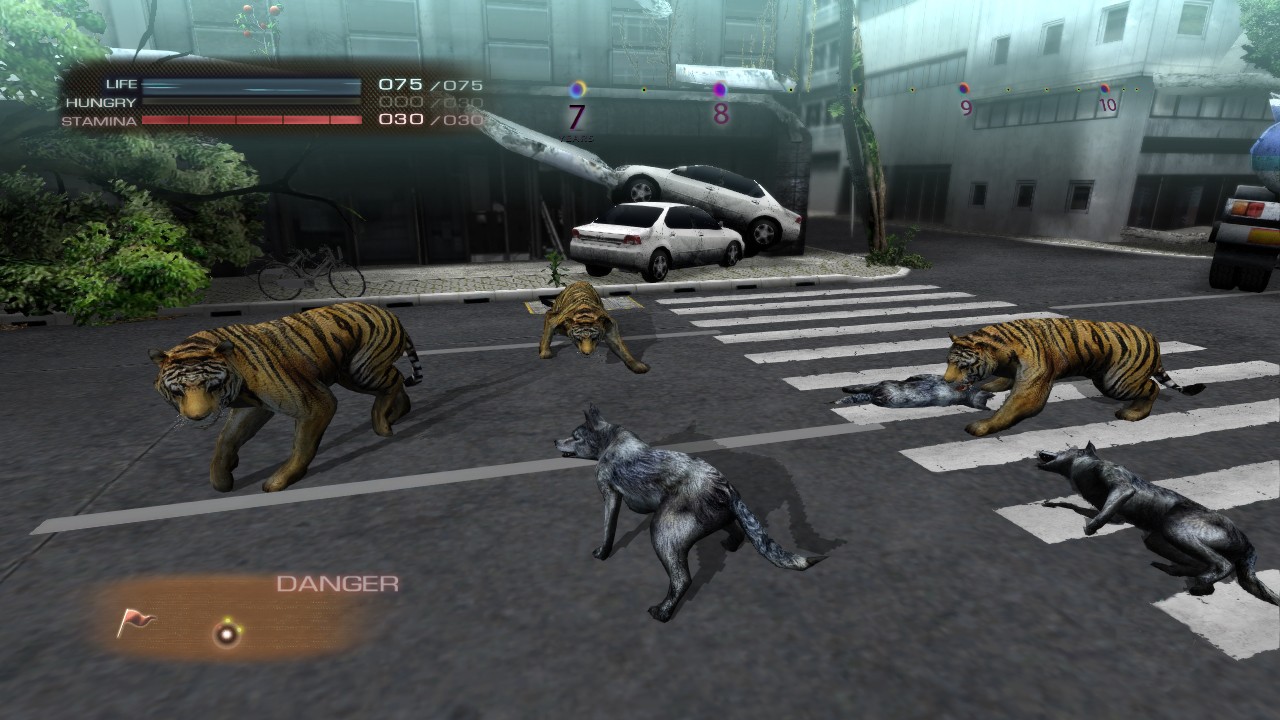
Human-induced climate change and its impacts will continue for many decades, and in some cases for many centuries. Global warming is closely associated with a broad spectrum of other changes, such as increases in the frequency of intense rainfall, decreases in Northern Hemisphere snow cover and Arctic sea ice, warmer and more frequent hot days and nights, rising sea levels, and widespread ocean acidification.

Natural climate variability leads to year-to-year and decade-to-decade fluctuations in temperature and other climate variables, as well as substantial regional differences, but cannot explain or offset the long-term warming trend.
WAVE KILLED WILDLIFE MASSE DRIVER
The burning of fossil fuels-coal, oil, and natural gas-for energy is the single largest human driver of climate change, but agriculture, forest clearing, and certain industrial activities also make significant contributions. Most of the warming over the last several decades can be attributed to human activities that release carbon dioxide (CO 2) and other heat-trapping greenhouse gases (GHGs) into the atmosphere. These data are corroborated by a variety of independent observations that indicate warming in other parts of the Earth system, including the cryosphere (the frozen portions of Earth’s surface), the lower atmosphere, and the oceans. Detailed observations of surface temperature assembled and analyzed by several different research groups show that the planet’s average surface temperature was 1.4☏ (0.8☌) warmer during the first decade of the 21st century than during the first decade of the 20th century, with the most pronounced warming over the past three decades. Both our assessment and these previous assessments place high or very high confidence 1 in the following findings:Įarth is warming. This conclusion is based on a substantial array of scientific evidence, including recent work, and is consistent with the conclusions of the IPCC’s Fourth Assessment Report (IPCC, 2007a-d), recent assessments by the USGCRP (e.g., USGRP, 2009a), and other recent assessments of the state of scientific knowledge on climate change. Our assessment of the current state of knowledge about global climate change, which is summarized in this chapter and described in detail in Part II of the report, leads to the following conclusion.Ĭonclusion 1: Climate change is occurring, is caused largely by human activities, and poses significant risks for-and in many cases is already affecting-a broad range of human and natural systems. Much has been learned, and this knowledge base is continuously being updated and expanded with new research results. Internationally, scientific information about climate change is periodically assessed by the Intergovernmental Panel on Climate Change (IPCC), most recently in 2007. Global Change Research Program (USGCRP, also known as the Climate Change Science Program from 2001 to 2008) have synthesized the information specific to the nation, culminating in the report Global Climate Change Impacts in the United States (USGCRP, 2009a).
WAVE KILLED WILDLIFE MASSE SERIES
In the United States, a series of reports by the U.S. Research has also evaluated actions that could be taken-and in some cases are already being taken-to limit the magnitude of future climate change and adapt to its impacts.

Over the past several decades, the international and national research communities have developed a progressively clearer picture of how and why Earth’s climate is changing and of the impacts of climate change on a wide range of human and environmental systems. It often happens in these extreme events, where a large population of something like mussels can die," Pinsky said.What We Know About Climate Change and Its Interactions with People and Ecosystems "Species are shifting towards the poles of the Earth at about 60 kilometers per decade, and it doesn't happen slowly, bit by bit. Malin Pinsky, an associate professor of marine biology at Rutgers University, said the extreme heat contributes to a "massive reorganization of ocean life."

The die-off could have ripple effects beyond the shore "If it happens that frequently, the system won't have time to recover in between the die-offs," he said. Though heat waves have affected marine life in the past, Harley said temperatures reaching more than 100 degrees Fahrenheit like they did last weekend in the Pacific Northwest are "exceptionally rare." But with climate change, he's seen estimates from other scientists that similar heat waves could start occurring once every five to 10 years. Harley has been tracking mussels and other sea creatures in the aftermath of the heat wave that hit the Pacific Northwest.Ĭhristopher Harley/University of British Columbia


 0 kommentar(er)
0 kommentar(er)
